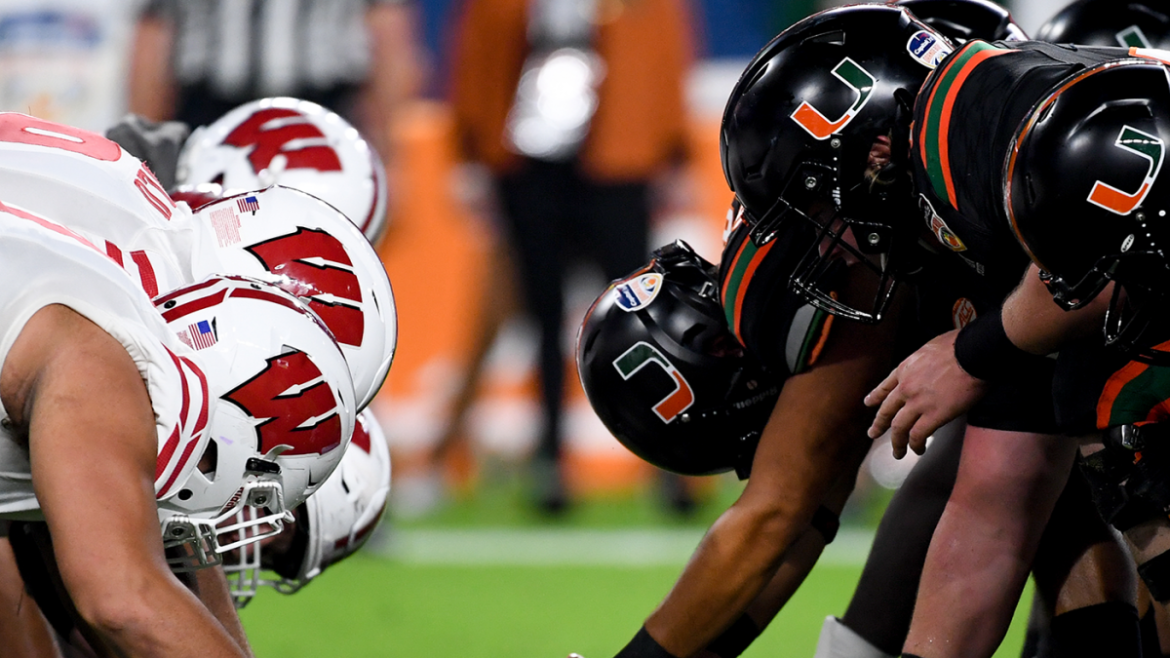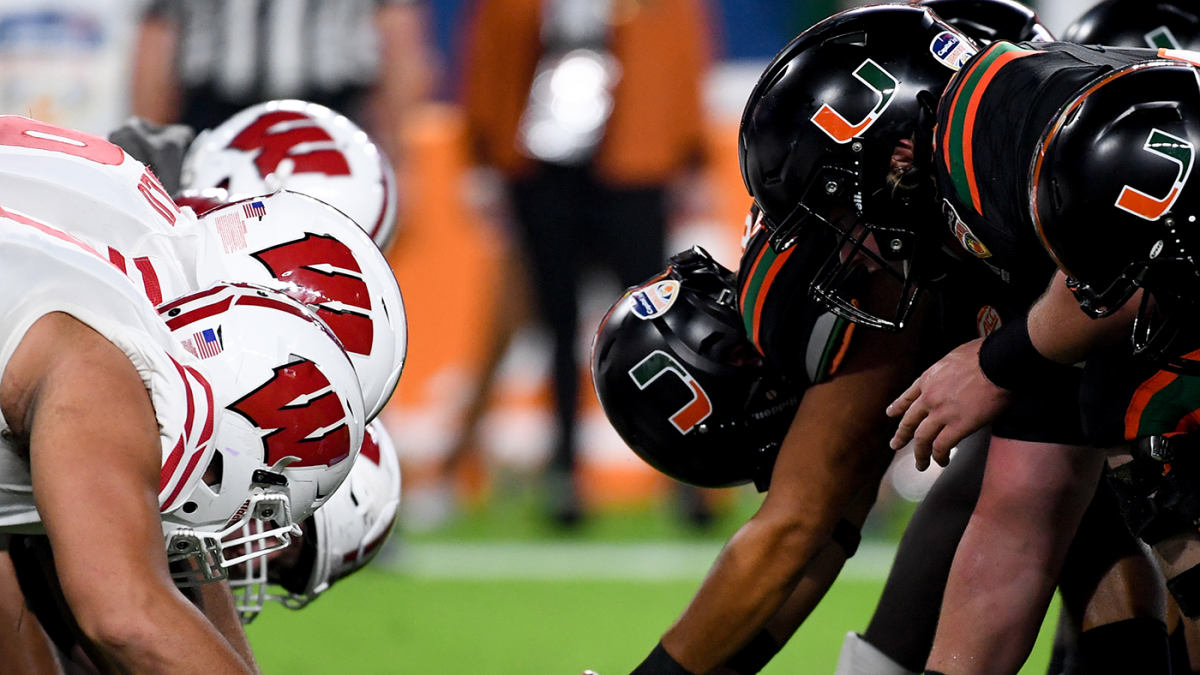The Xavier Lucas Transfer: A Landmark Case in College Sports
The transfer of Xavier Lucas, a defensive back from the University of Wisconsin to the University of Miami, has ignited a firestorm in college athletics, escalating beyond a typical player movement into a full-blown legal battle. This case isn’t simply about a student-athlete choosing a different school; it’s a precedent-setting challenge to the evolving landscape of Name, Image, and Likeness (NIL) rights and the transfer portal system, potentially reshaping how universities recruit and retain players. The core of the dispute revolves around allegations of tampering by Miami, circumventing the established transfer protocols, and the enforceability of NIL agreements.
The Sequence of Events: From Transfer Request to Legal Action
The situation began in January 2025 when Xavier Lucas expressed his desire to transfer to the University of Miami. However, unlike typical transfers, Lucas never formally entered the NCAA Transfer Portal. Wisconsin maintains that they did not enter his name into the portal because he was under a binding two-year NIL agreement with the university and its collective. According to Wisconsin, they possessed “credible information” that Miami had engaged in communication with Lucas, encouraging his transfer despite knowing about the existing contract.
Lucas’s representation countered that he was denied the right to enter the transfer portal, leading him to unenroll from Wisconsin. His attorney, Darren Heitner, vehemently denies any tampering occurred on Miami’s part and argues against escalating the situation. Despite this denial, Wisconsin responded with a strongly worded statement, alleging that Miami had actively interfered with their contractual agreement with Lucas. This ultimately culminated in a lawsuit filed by Wisconsin against Miami, seeking “unspecified damages, transparency and accountability.”
The Central Dispute: Tampering and NIL Agreements
The heart of the legal battle lies in two key areas: the allegation of tampering and the enforceability of the NIL agreement. Wisconsin accuses Miami of “tortious interference,” claiming the university knowingly contacted Lucas and encouraged his transfer while being aware of his existing contract with Wisconsin. This accusation, if proven, would represent a significant breach of ethical recruiting practices and potentially carry substantial penalties for Miami.
Simultaneously, the case hinges on whether the two-year NIL agreement Lucas signed with Wisconsin is legally binding. This is a novel legal question, as the legal landscape surrounding NIL deals is still developing. Wisconsin argues the agreement constitutes a valid contract, obligating Lucas to remain with the program for the duration of the term. The lawsuit seeks to establish the validity of such agreements and protect universities’ investments in NIL deals with their athletes. The fact that Lucas signed a “rev-share” deal with Wisconsin adds another layer of complexity, suggesting a financial stake beyond a simple endorsement.
The Broader Implications: A Turning Point for College Athletics
The Wisconsin vs. Miami lawsuit is being widely described as a “landmark moment” for college sports. It’s the first instance of a university taking legal action against another for alleged tampering in a transfer case, particularly one involving NIL. The outcome of this case will have far-reaching consequences, potentially establishing legal precedents that will govern player transfers and NIL dealings for years to come.
Several potential outcomes could emerge. A ruling in favor of Wisconsin could deter other universities from aggressively pursuing players who are under contract with other schools, reinforcing the importance of honoring NIL agreements. Conversely, a ruling in favor of Miami could embolden programs to more actively recruit players, even those with existing commitments, potentially leading to a more chaotic and competitive transfer market.
The case also raises questions about the role of the NCAA Transfer Portal. Lucas’s decision to transfer without utilizing the portal highlights a potential loophole in the system. If athletes can effectively circumvent the portal by simply unenrolling from their current school, it could undermine the portal’s intended purpose of providing a structured and transparent transfer process.
The Big Ten’s Involvement and Future Considerations
The Big Ten Conference has publicly supported Wisconsin’s claim of tampering, adding further weight to the allegations. This demonstrates a unified front among Power Five conferences in protecting their institutions from perceived unfair recruiting practices. The conference’s backing signals a willingness to aggressively defend its members’ interests in the evolving NIL era.
Looking ahead, this case underscores the urgent need for clearer guidelines and regulations surrounding NIL and the transfer portal. The current ambiguity creates opportunities for disputes like the Lucas case to arise. The NCAA, along with conferences and legal experts, must work collaboratively to establish a more comprehensive and enforceable framework that protects both the rights of student-athletes and the integrity of college athletics.
A Defining Moment
The Xavier Lucas transfer saga is more than just a dispute between two universities; it’s a defining moment for college sports. It represents a critical juncture where the traditional norms of recruiting and player movement are being challenged by the new realities of NIL and the transfer portal. The outcome of this legal battle will not only determine the fate of Xavier Lucas but will also shape the future of college athletics for years to come, potentially ushering in a new era of legal scrutiny and regulatory reform.





